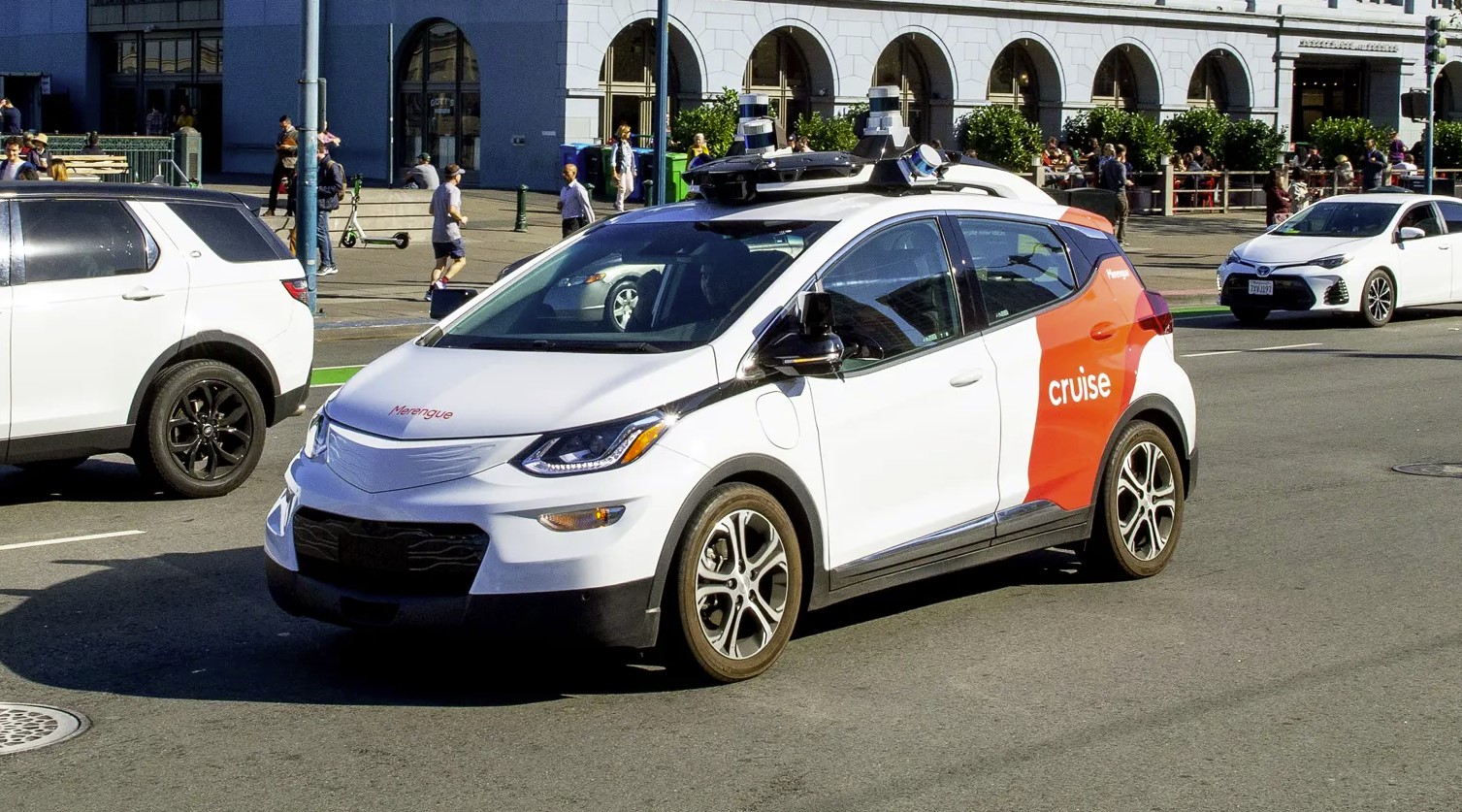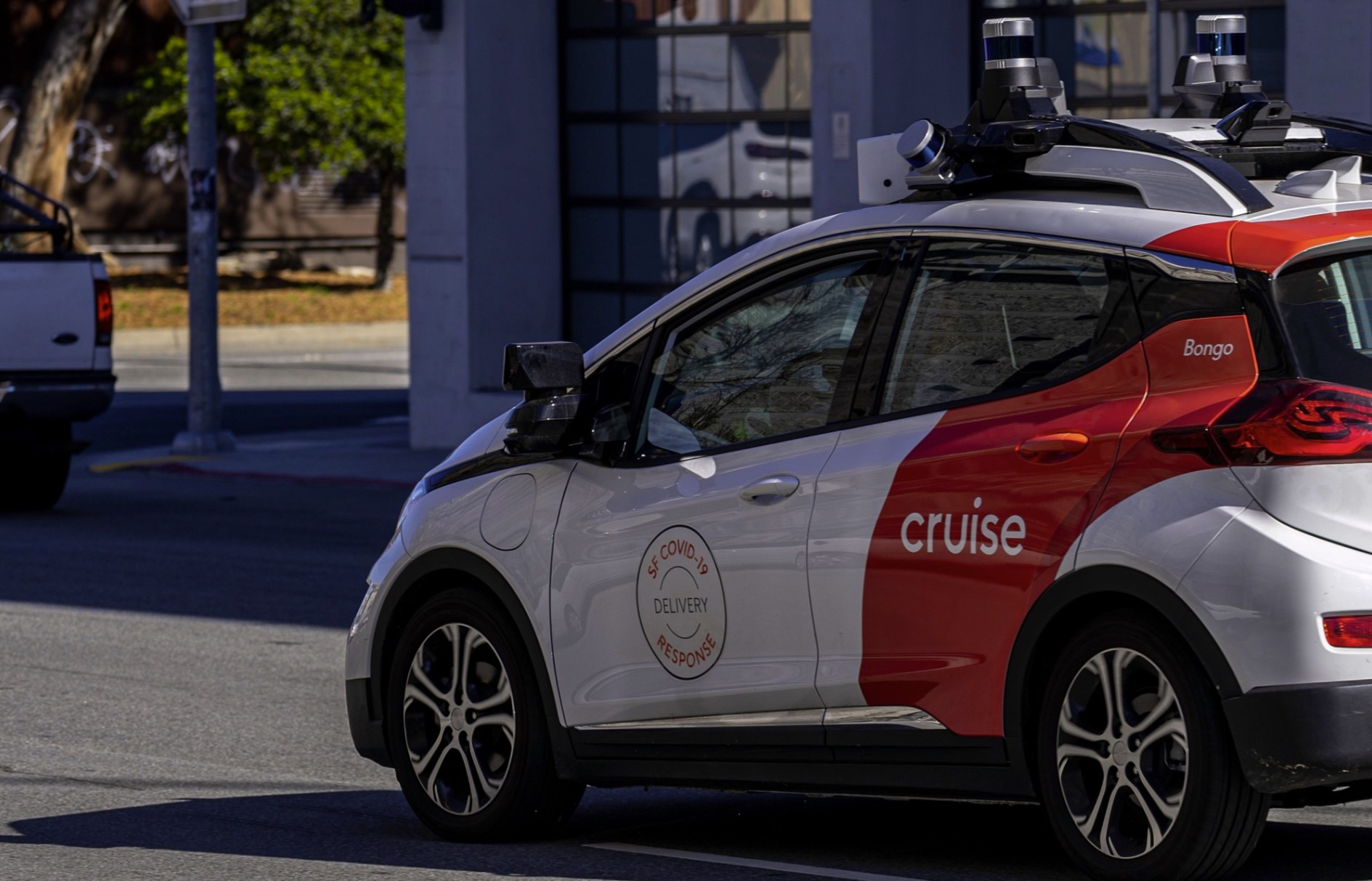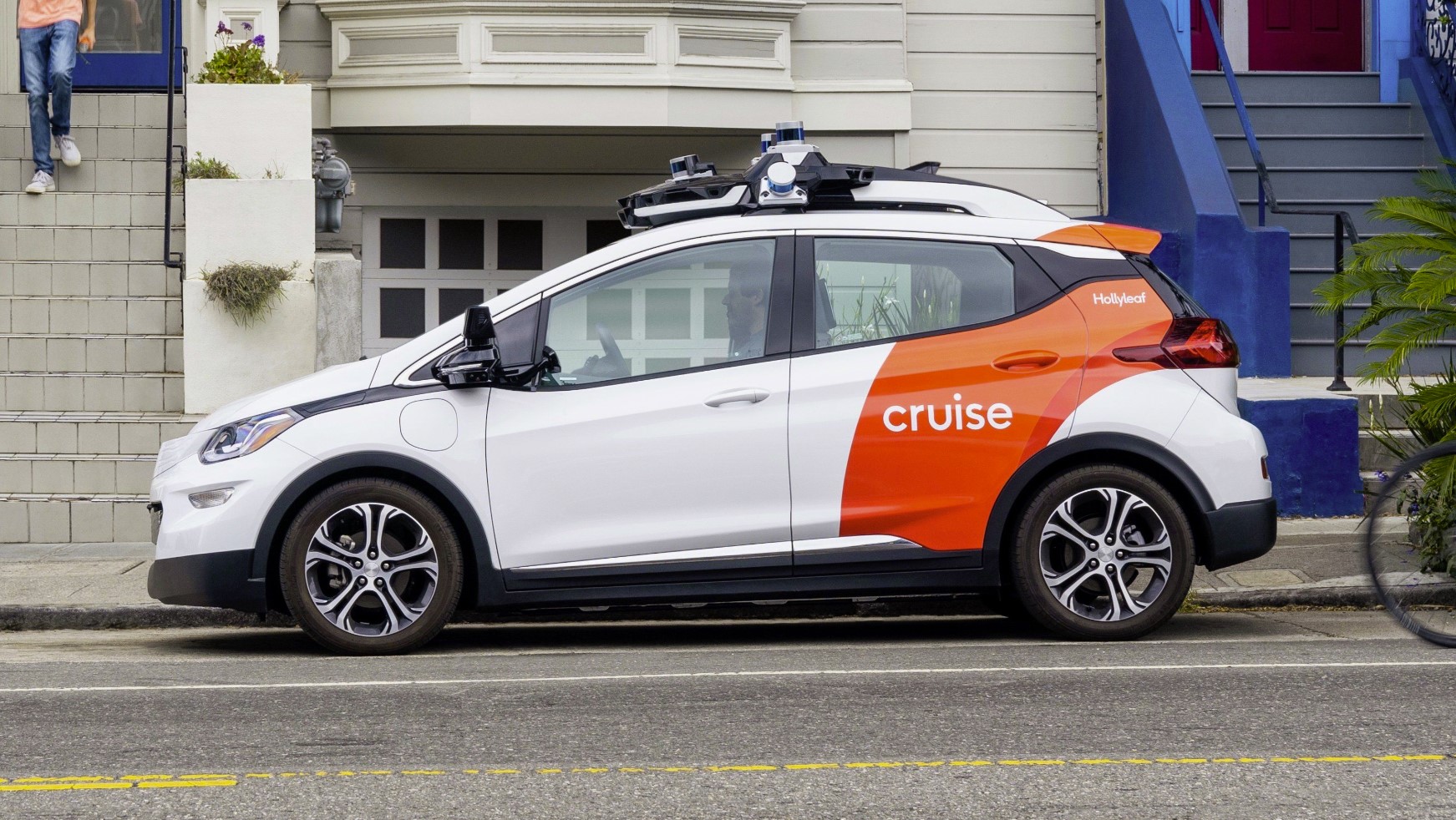Autonomous Car Causes Emergency Response Delay

Unmanned vehicles are becoming more and more commonplace in cities all over the world. However, there are still very few places where they are allowed to operate freely. San Francisco was one of the first cities to allow such vehicles to be tested, and now there are even taxi services without drivers. While the learning process for artificial intelligence will take some time, it's important to remember that mistakes will be made along the way. These can be as innocuous as delaying traffic in front of a pedestrian crossing, or as dangerous as driving at night with the headlights off. Unfortunately, there are also more serious incidents that can occur.
In early April, a San Francisco fire truck was on call. In front of it on the road was a garbage truck, which firefighters tried to bypass using the oncoming lane. However, an autonomous car from Cruise (a subsidiary of General Motors) stopped in the way, blocking the road. If a human driver had been present, they would have driven back, clearing the way for the rescuers. Alternatively, they may have orientated themselves in advance and left room for the maneuvering of special equipment. However, the "robot" was confused.

According to firefighters, the road was cleared by the driver of the garbage truck when he saw something was wrong and gave way to a fire truck. However, as a result of this situation, there were unnecessary injuries and greater destruction of property among the victims. The Fire Department has again contacted the California Public Utilities Commission, adding that Cruise cars often stop in public transport lanes, which also delays rescuers. General Motors spokeswoman Tiffany Testo confirmed that such an incident did take place. According to her, the autonomous car responded correctly to the approach of the fire truck, stopped and contacted the technical department of the company, where it is possible to remotely direct the car. After analyzing the recordings of cameras and other sensors on the car, the company saw that the firefighters continued to move 25 seconds after the "meeting" with the Cruise car. Tiffany also added in a statement that the company is cooperating with firefighters and contacted them about the case. Although the appeal of the fire department states that they have not yet had a meeting with Cruise cars, GM is taking steps to ensure that this does not happen again in future.

As autonomous cars continue to grow in popularity, many people are beginning to worry about the safety of these vehicles. Although companies like General Motors are putting a lot of money into making sure that their autonomous cars are as safe as possible, there are some risks that cannot be avoided. For example, it is impossible to predict and prepare for every possible situation that an autonomous car may encounter on the road. Additionally, the software that controls these cars may not be perfect, and there is always a chance that something could go wrong. That is why companies are investing in people who can remotely control these machines if something does go wrong. Cruise cars are now able to carry passengers from 10pm to 6am, but they are not able to drive in rain or fog, and they can only cover about 70% of San Francisco's territory. City drivers are concerned that these cars may stop in public transport lanes, or that they may not be able to handle difficult situations. However, it is important to remember that these cars are still in development, and they will likely improve over time.
Source: www.wired.com